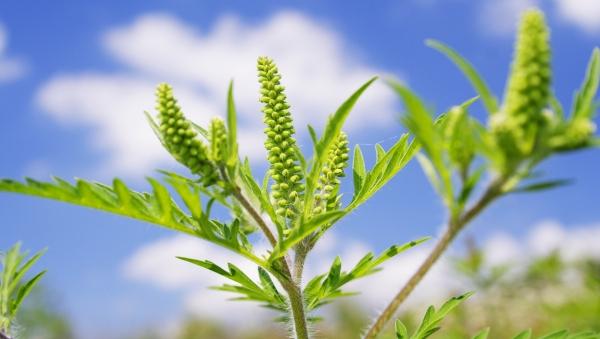The 10 Worst US Cities for Fall Allergies

The worst U.S. cities for fall allergy sufferers were ranked this week, along with a forecast for an overall worse-than-usual season across the country.
The reasons this may be a worse season than usual for the roughly 40 million Americans with allergies include expectations for a severe hurricane and tornado season, which could increase the spread of pollen through wind, and the presence of residual outdoor molds leftover from last year's Superstorm Sandy and other storms. The ranking, which includes 100 cities, is conducted yearly by Asthma and Allergy Foundation of America (AAFA) and funded in part by drug company Meda Pharmaceuticals, which produces an allergy medication.
Rising temperatures and carbon dioxide levels associated with climate change may also be extending the growing season for ragweed – a common allergen – by up to a month, particularly in the Northern United States, according to the AAFA. [100 Worst US Cities for People with Allergies: The 2013 List]
"The frosts are coming later, so the ragweed pollen season is later, and is lasting longer, because it is not killed off by frost," said Dr. Richard Weber, a professor of medicine at the National Jewish Health Medical Center in Denver, Colo. and the University of Colorado, Denver, who was not involved in producing the report. "And while this does not apply to everything, we are seeing probably longer seasons across the country, and are seeing higher peaks of pollen."
Some studies suggest that more people have become sensitized, or allergic, to seasonal pollen in recent years as a result of these increased pollen counts, Weber told LiveScience. The increase in pollen will likely persist for at least the next decade, due to projections for sustained atmospheric warming and increased carbon dioxide levels, he said.
Here are the top 10 worst cities for this year, as ranked in the report:
1. Wichita, Kan.
Get the world’s most fascinating discoveries delivered straight to your inbox.
2. Jackson, Miss.
3. Knoxville, Tenn.
4. Louisville, Ky.
5. Memphis, Tenn.
6. McAllen, Texas
7. Baton Rouge, La.
8. Dayton, Ohio
9. Chattanooga, Tenn.
10. Oklahoma City, Okla.
Baton Rouge, Chattanooga and Memphis are new additions to the top 10 this year, though they were ranked within the top 20 in the 2012 fall ranking.
Follow Laura Poppick on Twitter. Follow LiveScience on Twitter, Facebook and Google+. Original article on LiveScience.



